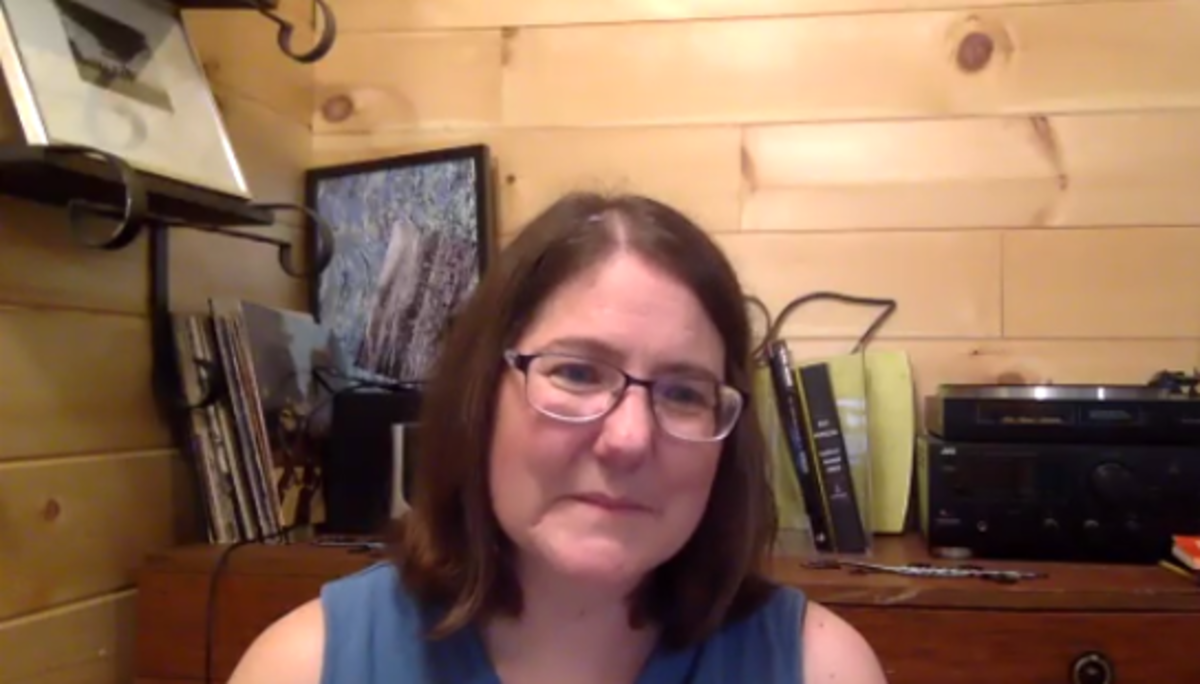Charlottesville Regional Equity Atlas Project Aims to Provide Greater Visibility into Geographic Disparities
August 6, 2020 – As the three-year anniversary approaches of the Unite the Right rally, a shocking display of white supremacist and neo-Nazi demonstrations in Charlottesville, Virginia, on August 11 and 12, 2017, the city is attempting to reckon with the lasting consequences of its long history of s










Member discussion